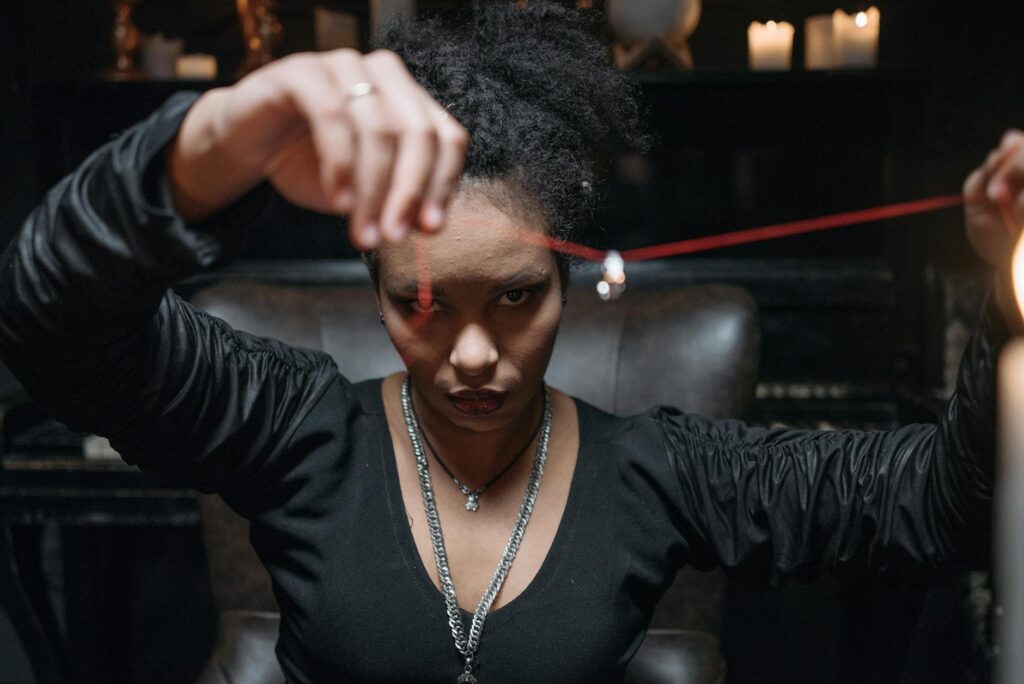Voodoo is a spiritual and cultural belief system that originated in West Africa and has since spread to various parts of the world, particularly in the Caribbean and the Americas. The practice of voodoo encompasses a diverse set of beliefs, rituals, and traditions that have been passed down through generations. It is important to note that voodoo is not a singular, monolithic religion, but rather a complex system of beliefs that can vary from region to region and even from practitioner to practitioner.
The origins of voodoo can be traced back to the enslaved Africans who were brought to the Americas during the transatlantic slave trade. These individuals brought with them their cultural and religious beliefs, which eventually evolved into what we now know as voodoo. Over time, voodoo has incorporated elements of Christianity, indigenous beliefs, and other spiritual practices, resulting in a syncretic religion that is both diverse and dynamic.
Central to voodoo are the loas and orishas, which are spirits or deities that are invoked and worshipped during rituals and ceremonies. Loas are the spirits in Haitian voodoo, while orishas are the deities in the Yoruba religion from which voodoo originated. These spirits are believed to possess specific powers and characteristics, and practitioners often seek their guidance and protection through various rituals and offerings.
Each loa and orisha has its own distinct personality and domain of influence. For example, Papa Legba is the guardian of the crossroads and is often called upon to open communication between the living and the spirit world. Oshun, on the other hand, is the orisha of love and beauty, and is associated with rivers and fresh water. Each spirit is revered and honored in its own unique way, with specific rituals and offerings tailored to appease and communicate with them.
In voodoo, the relationship between practitioners and the loas/orishas is symbiotic, with both parties benefiting from the interaction. Practitioners seek guidance, protection, and blessings from the spirits, while the spirits in turn receive offerings and reverence from the practitioners. This reciprocal relationship is central to voodoo practice, as it reinforces the interconnectedness of all beings and the importance of maintaining balance and harmony in the spiritual realm.
Voodoo rituals often involve music, dance, chanting, and the use of ritual objects such as candles, herbs, and talismans. These rituals are designed to invoke the presence of the spirits and create a sacred space for communication and communion with the divine. Participants may enter into trance states or altered states of consciousness during these rituals, allowing them to connect more deeply with the spiritual world and receive messages from the loas and orishas.
Despite its often misunderstood and sensationalized reputation, voodoo is a deeply spiritual and complex belief system that provides solace, guidance, and healing to its practitioners. It is a living tradition that continues to evolve and adapt to changing social and cultural landscapes, while also preserving the wisdom and traditions of its ancestors. By understanding the origins of voodoo and the significance of the loas and orishas, we can gain a greater appreciation for the depth and richness of this ancient spiritual practice.
In conclusion, voodoo is a multifaceted and dynamic belief system that has its roots in West African spirituality and has evolved over centuries through the experiences of enslaved Africans in the Americas. Central to voodoo practice are the loas and orishas, spirits or deities that play a crucial role in guiding and protecting practitioners. Through rituals, offerings, and reverence, practitioners seek to maintain a reciprocal relationship with these spirits, fostering a sense of interconnectedness and harmony in the spiritual realm. By understanding the significance of the loas and orishas within voodoo, we can gain insight into the profound spiritual wisdom and cultural richness of this ancient and enduring tradition.


